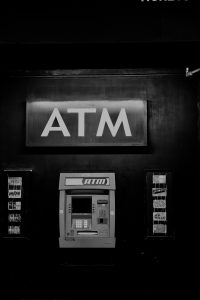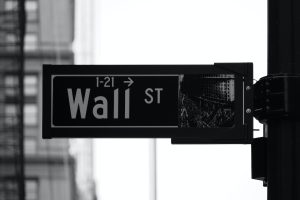Forex trading robots, also known as Expert Advisors (EAs), are computer programs that automatically execute trades in the foreign exchange market. They are designed to identify trading opportunities and execute trades based on pre-programmed rules and algorithms. Forex trading robots can be a great tool for traders who want to automate their trading and take advantage of market opportunities without constantly monitoring the markets.
In this article, we will provide a step-by-step guide on how to make a forex trading robot.
Step 1: Define your trading strategy
The first step in creating a forex trading robot is to define your trading strategy. This involves identifying the indicators, technical analysis tools, and other factors that you will use to identify trading opportunities. Your trading strategy should also include rules for entry and exit points, stop-loss and take-profit levels, and risk management parameters.
Once you have defined your trading strategy, you can begin to develop the rules and algorithms that will form the basis of your forex trading robot.
Step 2: Choose a programming language
The next step is to choose a programming language to develop your forex trading robot. The most popular programming languages for developing EAs are MQL4 and MQL5, which are both based on the C++ programming language.
MQL4 is the programming language used for MetaTrader 4 (MT4), while MQL5 is used for MetaTrader 5 (MT5). Both MT4 and MT5 are popular trading platforms used by forex traders around the world.
Step 3: Develop the code
Once you have chosen a programming language, you can begin to develop the code for your forex trading robot. This involves writing the rules and algorithms for identifying trading opportunities, executing trades, and managing risk.
You can use the built-in functions and libraries provided by the trading platform to develop your forex trading robot, or you can create your own custom functions and libraries.
Step 4: Backtest and Optimize
Once you have developed the code for your forex trading robot, it is important to backtest and optimize it. Backtesting involves testing the performance of your EA using historical data to see how it would have performed in the past.
Optimization involves adjusting the parameters of your EA to improve its performance based on the results of the backtesting. This process can help you identify any flaws or weaknesses in your forex trading robot and refine your trading strategy.
Step 5: Deploy and Monitor
After you have backtested and optimized your forex trading robot, you can deploy it on a live trading account. It is important to monitor the performance of your EA and make any necessary adjustments to ensure that it continues to perform well.
You should also regularly review the performance of your forex trading robot and make any necessary updates or changes to improve its performance.
Conclusion
In conclusion, creating a forex trading robot requires a combination of technical skills, trading knowledge, and programming expertise. By following the steps outlined in this article, you can develop a forex trading robot that can help you automate your trading and take advantage of market opportunities.
However, it is important to remember that forex trading robots are not a magic solution to trading success. They are only as effective as the trading strategy and algorithms that they are based on, and they require regular monitoring and optimization to ensure optimal performance.






